Agriculture is the backbone of the hill economy in Uttarakhand. However, most of the farming in the state is rain-fed, with irrigation facilities primarily restricted to the plains and valleys.
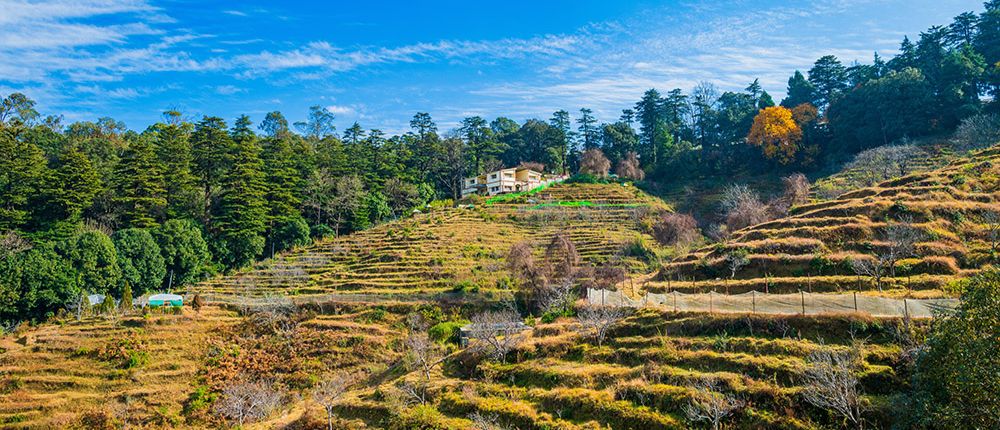
Background
In the hilly areas, farming is fraught with unexpected challenges, such as climatic uncertainties, poor infrastructure, and limited technological access. To ensure that farming practices become sustainable and economically viable, there is an urgent need to enhance crop productivity by introducing affordable technologies for sustainable farming and developing product-specific value chain establishment. Demonstrations of modern technologies and promotion of farm-based livelihoods to the rural community can highlight improved farming practices and agri-business entrepreneurship opportunities. This approach will not only reduce unemployment but also curb youth migration from the state.
In India, 68.9% of the population lives in rural areas (Census 2011), and small-scale farmers across hilly districts encounter difficulties in adopting modern and sustainable farming practices due to limited resources, lack of access to affordable technologies, and knowledge gaps. Therefore, there is a need for comprehensive interventions that can address these challenges while building resilience and promoting sustainable rural development. The agricultural sector plays a crucial role in the socio-economic fabric of these communities, and enhancing the livelihoods of small landholding farmers is vital for the overall development of the region.
Greening Livelihoods in Uttarakhand
In South Asia and other climate-vulnerable regions, effective solutions often emerge from the ground up—from the lived experiences of farming communities, tribal populations, and youth-led movements. Yet, these stories seldom make their way into policy dialogues or mainstream narratives.
TERI’s project titled,‘Farming Sustainability for Livelihood Enhancement through Affordable Technologies for Small Land-holding Farmers of Hilly Areas of Uttarakhand’ aims to change that. The project, undertaken in the Nainital and Champawat districts of Uttarakhand, seeks to promote eco-friendly and sustainable agricultural techniques that mitigate environmental impact, ensuring the long-term health of the land while preserving biodiversity. Through the introduction of modern techniques and climate-resilient practices, farmers have been empowered to optimize their resources, increase efficiency, and adapt to changing climatic conditions, thereby bolstering resilience in the face of uncertainties. This project is designed to foster community engagement and participation. Its impact is evident through the adoption of interventions, such as polyhouses[1], water harvesting systems, and solar dryers. These measures have enabled year-round cultivation of multiple crops and extended the shelf life of agricultural produce through solar drying techniques. As a result, farmers are expected to see an overall income increase of up to 50%. In the coming year, a detailed assessment will be conducted to ascertain the increase in the income levels. By involving local farmers in the decision-making process, knowledge sharing, and skill development activities, the project encourages to build a sense of ownership and empowerment within the farming communities. Strengthening social capital is crucial for the sustained success of any agricultural development initiative. The project’s goal is to contribute to poverty alleviation by creating opportunities for increased income generation through sustainable agricultural practices. This, in turn, will lead to improved living standards and achieve economic resilience for the farming households in the Nainital and Champawat districts of Uttarakhand.
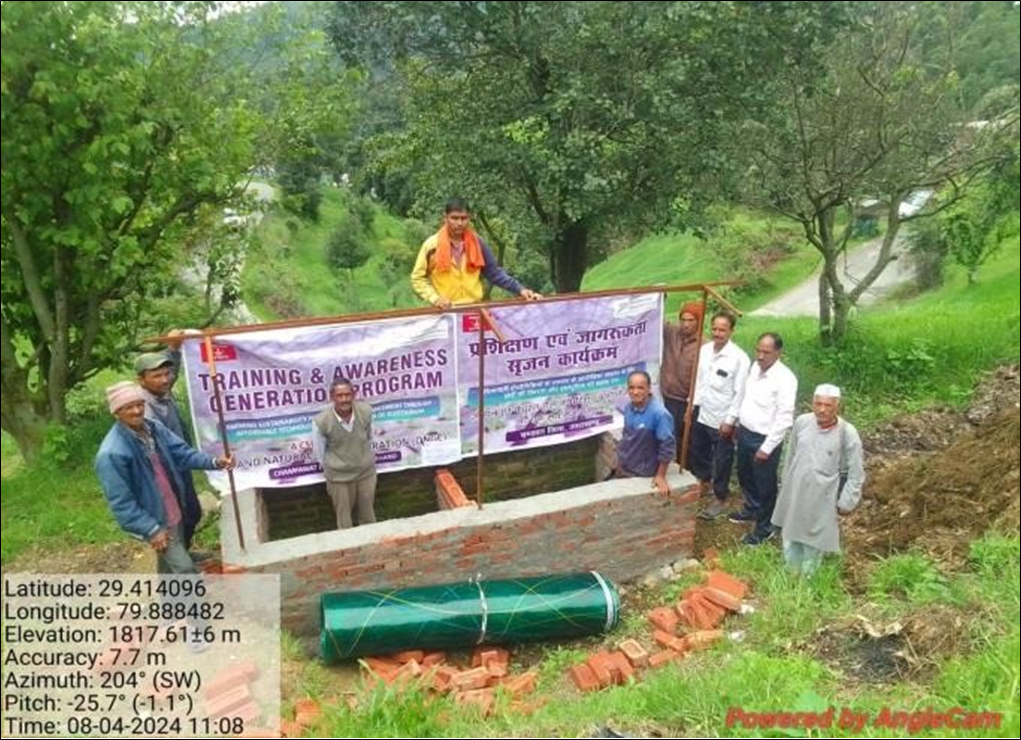
Survey Methodology and Results
To understand the needs and perspectives of stakeholders, a detailed primary survey was conducted in December 2023–February 2024 using stratified random sampling. A questionnaire and application-based survey were administered for primary data collection with prime stakeholders under the project. The door-to-door survey covered more than 50% of households for the baseline assessment across the two districts of Uttarakhand.
Some of the key respondents included:
- Panchayat members
- Community members
- Farmers
- School principals
- Students
The data collected served as the foundation for strategic planning and timely execution of project interventions. Emphasis was placed on both quantitative and qualitative outcomes to ensure a holistic understanding of the region’s challenges and opportunities. Post location identification and baseline survey completion, strategic planning was executed to ensure the timely accomplishment of all project interventions, emphasizing both quantitative and qualitative aspects of the work.
Project Outcome: Local Innovations, Lasting Impact
The project has made significant strides in strengthening sustainable agriculture and improving rural livelihoods. As part of the initiative in Uttarakhand, the project is committed to enhancing the livelihoods and promoting sustainable agricultural practices in rural communities. This initiative has been designed to empower local families by providing them with valuable agriculture-driven technologies, such as solar dryers and fruit processing units that can contribute to the economic well-being while also preserving the environment. Interventions focused on introducing low-cost, high-impact technologies, and practices tailored to the region’s specific agro-climatic conditions.
Some of the key outcomes include:
- Improved awareness and adoption of sustainable farming practices
- Enhanced livelihood options through agri-business opportunities
- Strengthened community engagement and capacity building.
Impact and Sustainability
A diverse set of interventions has contributed to building community resilience and supporting environmental stewardship:
- Aromatic and medicinal plants: Offering alternative income sources while enhancing biodiversity and reducing soil erosion.
- Solar solutions: Introduction of solar dryers added value to agricultural produce.
- Water harvesting structures: Promoting efficient water use in a water-scarce region.
- Common training facilities: Fostering skill development and hands-on learning.
These initiatives have had multifaceted impacts—ranging from economic empowerment to improved ecological health of the region.
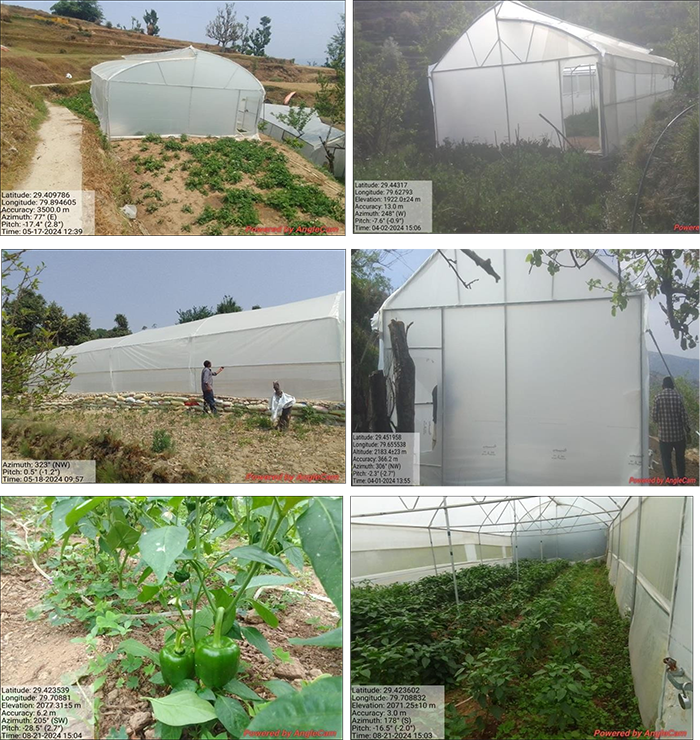
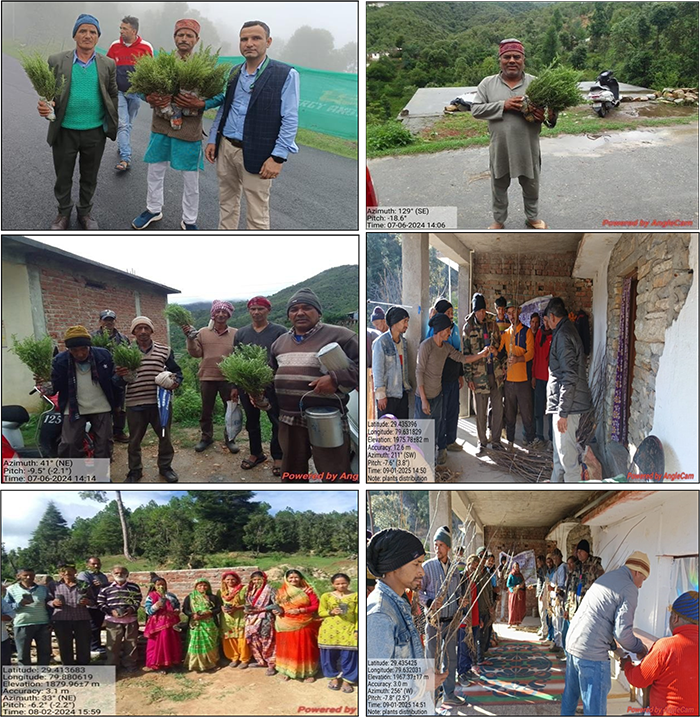
Way Forward
TERI’s project has made substantial impact in promoting sustainable development and empowering communities in the districts of Nainital and Champawat.
The project has successfully implemented several core interventions, laying a strong foundation for future scalability:
- Distribution of over 128,000 aromatic, medicinal, and fruit plants
- Establishment of 5 polyhouses and 24 vermicompost units
- Construction of 80 rainwater harvesting structures
- Installation of 5 solar dryers
- Organization of 10 exposure visits and school training sessions
- Execution of 7 homestay training sessions for local communities
These milestones have directly benefited hundreds of families by enhancing productivity and building capacity. The focus ahead will be on expanding these interventions to more districts and strengthening the ecosystem for climate-smart agriculture. The project has built on a strong foundation and it will focus on expanding the initiative to further empower local communities and ensure the long-term sustainability of our efforts.
TERI’s ongoing commitment is to scale the positive impacts achieved, fostering a brighter, more resilient, and prosperous future for the regions we serve. We remain committed to scaling this initiative and continuing to work alongside communities to build a resilient, inclusive, and sustainable future for the eco-fragile Himalayan region.
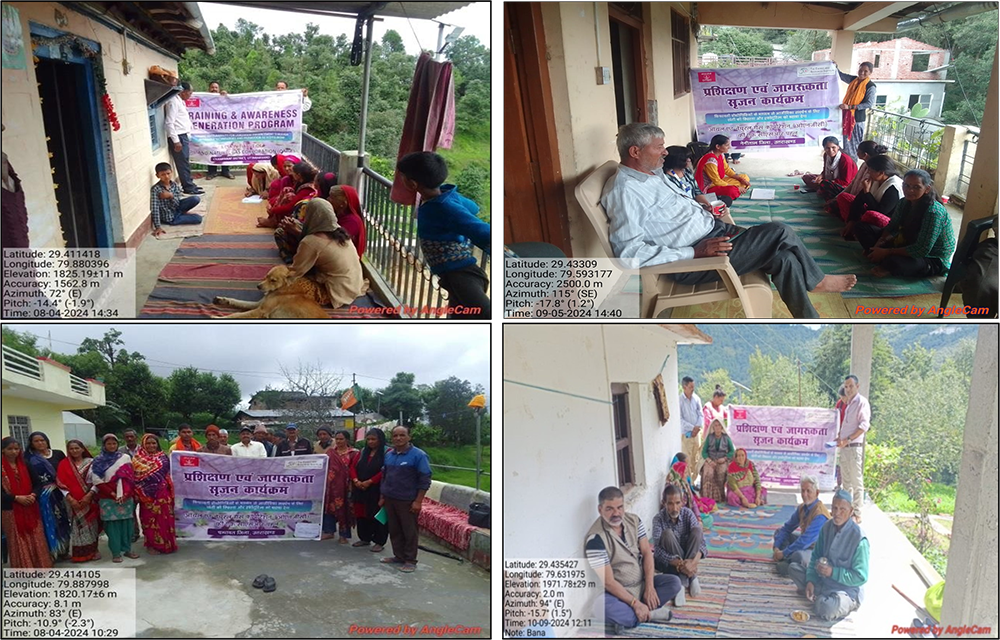
[1] Polyhouses are a type of greenhouse structure made of transparent or translucent plastic (usually polyethylene) that allows farmers to grow crops in a controlled environment. They are also known as polytunnels or low tunnels.
